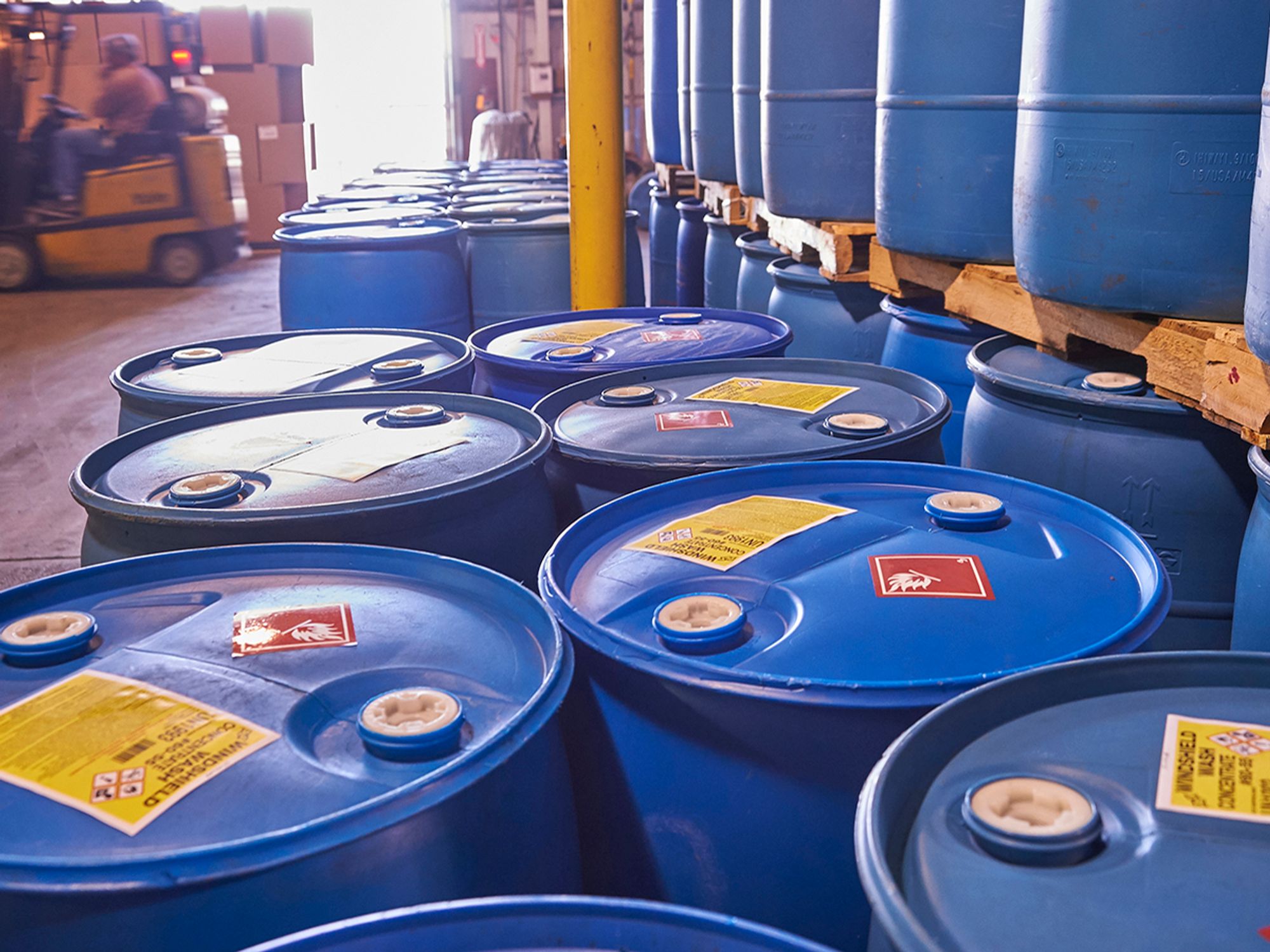Identifying dangerous goods

- Identifying dangerous goods involves selecting the proper shipping name, selecting a generic or n.o.s. name, and identifying whether the substance is a mixture or solution.
Once familiar with and upon selecting the appropriate hazard class and packing group, the process of identifying the dangerous goods can begin. Identifying dangerous goods involves selecting the proper shipping name, selecting a generic or “not otherwise specified” (n.o.s.) name, and what to do with a mixture or solution.
If assistance is needed in identifying your dangerous goods, there are a few options available:
- Send the material to a laboratory to be tested. The lab will analyze the goods and send the information back. This is generally done with new dangerous goods that have been developed.
- Refer to the material’s Safety Data Sheet (SDS). Section 14 of the SDS typically contains relevant transportation information, such as the ID number, proper shipping name, hazard class, and packing group, for dangerous goods.
Proper shipping names
The List of Dangerous Goods is used to select the proper shipping name and contains approximately 3,000 substances likely to be transported by air. Using Column B in the List of Dangerous Goods, locate the name of the dangerous goods to be shipped. Only the names in bold type are proper shipping names. Portions of an entry that are not in bold type are not part of the proper shipping name but may be used.
If the UN or ID number of the substance is known, but not the proper shipping name, use the Cross-reference list to locate the proper shipping name. Then, locate the substance in the List of Dangerous Goods to access additional shipping information.
Generic and n.o.s. names
If the name of the substance you are shipping is not contained in the List of Dangerous Goods, you must first make sure it is not forbidden for transport by referring to the IATA DGR Section 2.1. If your substance is not forbidden, select a generic or “not otherwise specified” (n.o.s.) description, found in the List of Generic and n.o.s. Proper Shipping Names of Section 4.1, that most accurately describes your material. For example:
- The most suitable proper shipping name for a material not listed in Column B by name but that meets the Class 3 (flammable liquid) hazard definition may be “Flammable liquid, n.o.s.”
- If a material is an alcohol that is not listed by name, “Alcohols, n.o.s.” may be the most satisfactory proper shipping name.
Generic or n.o.s. proper shipping names followed by a star symbol must include a technical or chemical group name.
Mixtures and solutions
Dangerous goods that are a mixture or solution of one or more substances must be identified by the proper shipping name of the predominant substance. The appropriate word “mixture” or “solution” must be added to the proper shipping name. The applicable concentration of the mixture or solution may also be indicated in the proper shipping name. For example: Acetone 80% solution.
Keep in mind that if a mixture or solution is combined with a substance not considered a dangerous good and is diluted to a point where it no longer meets the definition of any hazard class, it would no longer be regulated by the IATA DGR.
